News 2021
July 2021
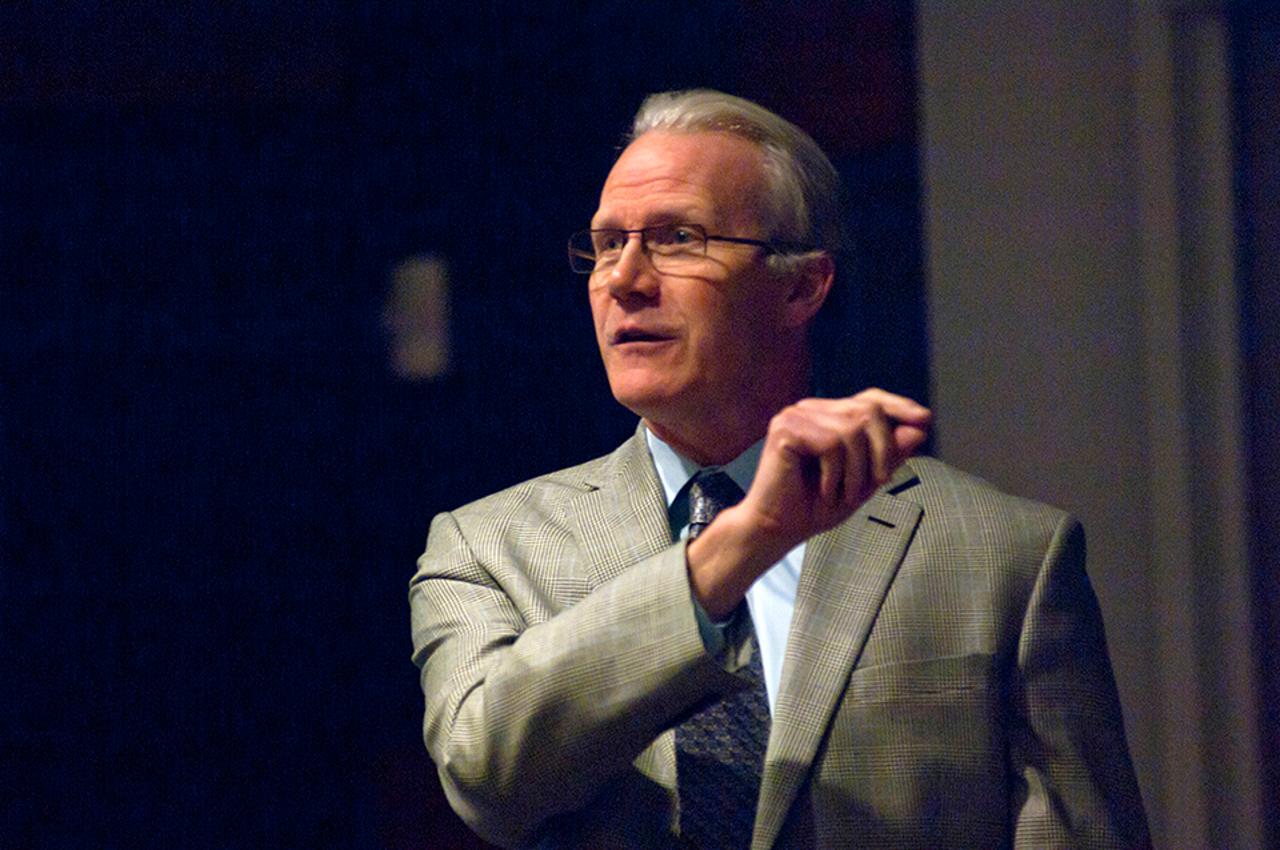
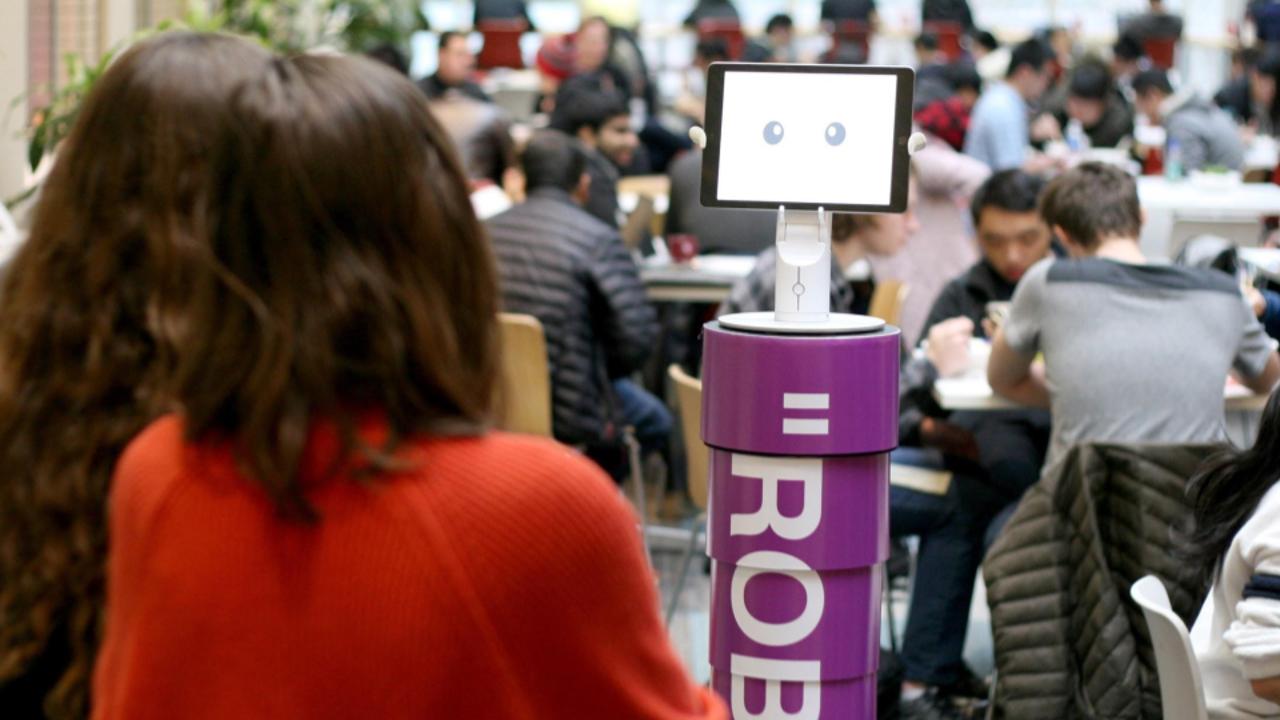
School of Computer Science Part of Four New NSF AI Institutes
CMU Contributing to Innovations in Caregiving, Agriculture, Wireless Networks
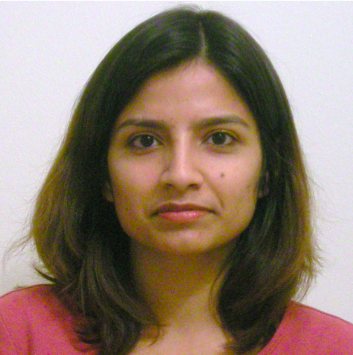
Machine Learning Researcher Part of Team Studying Evolution of Universe
Aarti Singh, an associate professor in the Machine Learning Department, will use her research on decision-making algorithms to study the evolution of the universe as part of the Simons Collaboration on Learning the Universe. This international collaboration includes researchers from CMU, Columbia University, Harvard University, Princeton University, Lawrence Berkeley National Labs, the Flatiron Institute and international partners from Canada, France, Germany and Sweden. For scientists to understand how the universe evolved, they must know its initial conditions and the physical laws governing those conditions. Since these aren't knowable, they can only be inferred through observation. The collaboration — directed by Greg Bryan, a professor of astronomy at Columbia University, and made possible by the Simons Foundation — will repeatedly select sets of initial conditions, predict how they would be observed now, compare that to real observations of galaxies and gas, and then compute the likelihood of those initial conditions. For her part, Singh will help use machine learning for closed-loop, accelerated modeling of cosmological simulations. Machine learning can speed up the modeling by factors of millions or billions by training on the relatively small samples of full simulations.
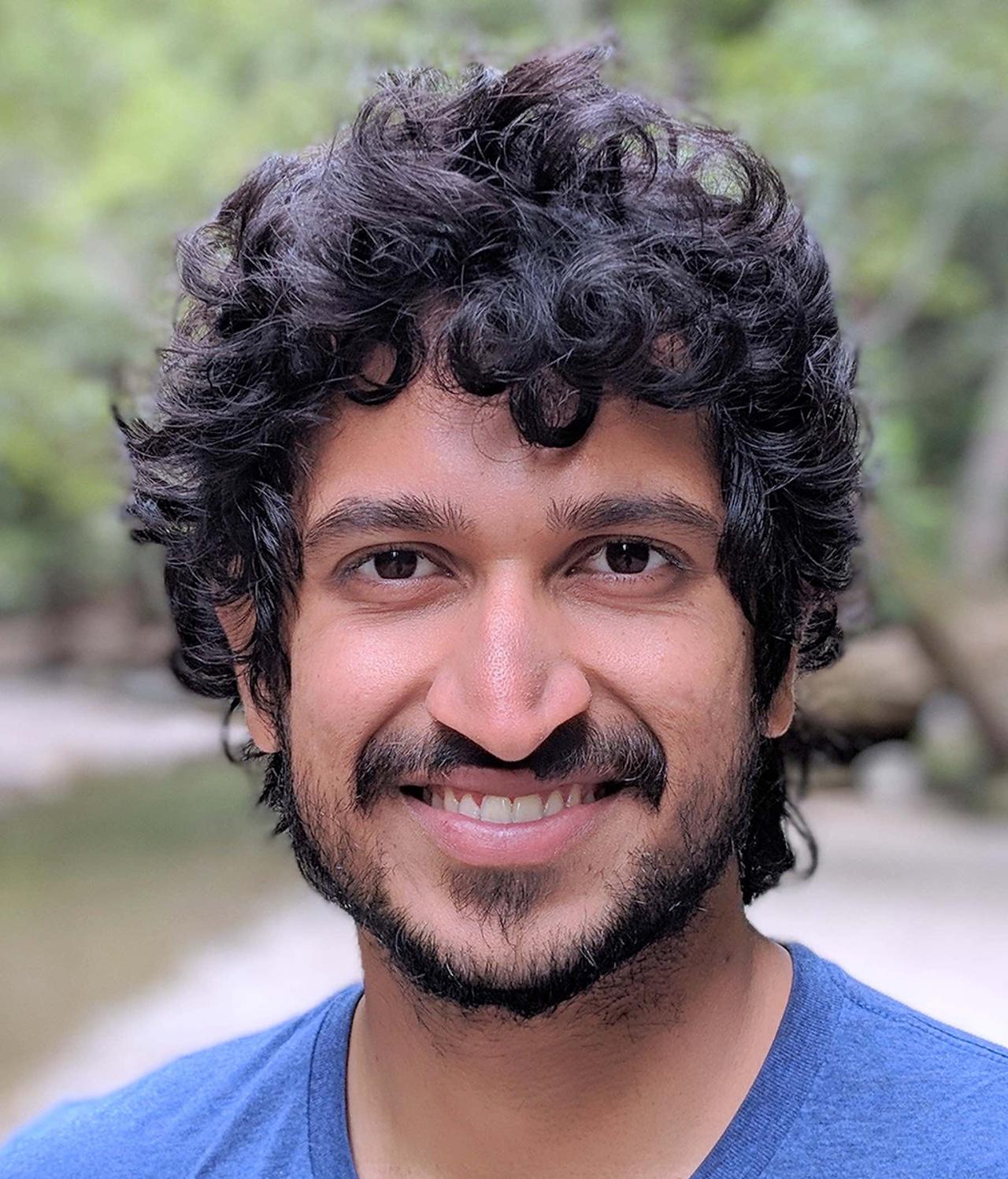
Ramdas Honored With Bernoulli Society's New Researcher Award
Aaditya Ramdas, an assistant professor in the Machine Learning and Statistics and Data Science departments, was honored by the Bernoulli Society for Mathematical Statistics and Probability with its New Researcher Award. This year, the society recognized three scientists for their innovative contributions in the field of mathematical statistics. The award was announced this month at the ISI World Statistics Congress, where Ramdas was invited to give a prize lecture. Ramdas is the first from CMU to receive the award since it began in 2018. Ramdas’ research applies statistics, data science, machine learning and artificial intelligence to solve problems in science and technology. He earned his Ph.D. from CMU and spent three years as a postdoctoral researcher at the University of California, Berkeley, before joining the CMU faculty in 2018.
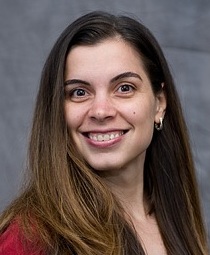
Balcan Named Simons Investigator
The Simons Foundation recently appointed Maria Florina “Nina” Balcan, the Cadence Design Systems professor in computer science, a Simons Investigator in theoretical computer science.The Simons Investigators program supports theoretical scientists as they establish creative new research directions, leading their fields and providing mentoring to junior researchers. Investigators are appointed for an initial period of five years with an opportunity for an additional five years of support. Investigators receive $100,000 a year.Balcan, a professor in the School of Computer Science's Machine Learning and Computer Science Departments, focuses on learning theories, artificial intelligence, algorithmic economics, game theory and optimization. She earned her Ph.D. at CMU in 2008 and returned six years later to join the faculty. Past Simons Investigators from CMU include CSD faculty Venkat Guruswami and David Woodruff, both for theoretical computer science in 2020; and physics professor Rachel Mandelbaum for astrophysics in 2019.
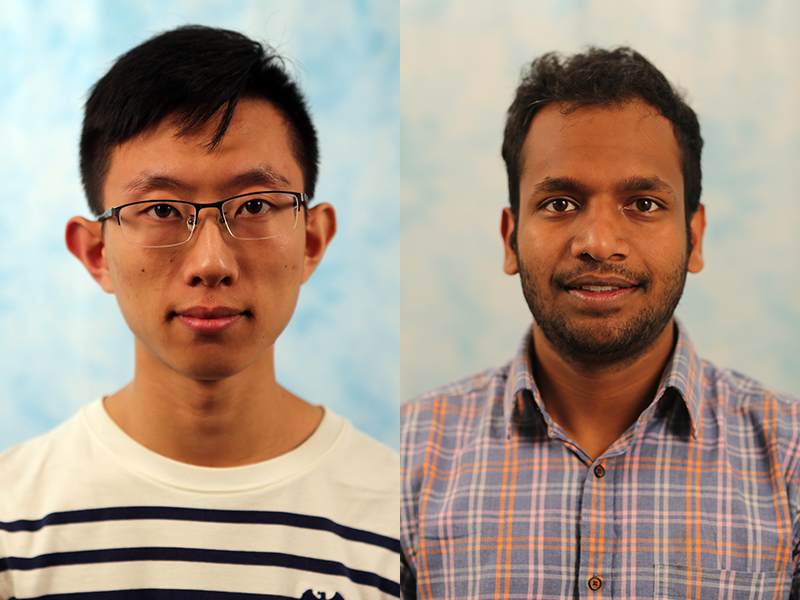
Robotics Institute Ph.D. Students Selected for Qualcomm Innovation Fellowship
Qualcomm has accepted Gengshan Yang and N Dinesh Reddy into its current class of Innovation Fellows for the pair's work on creating computer-generated 3D models of traffic, people, animals and their interactions in cities. They join 15 other projects selected from the hundreds that applied, and will receive $100,000 in funding and mentoring from top Qualcomm engineers.Understanding the varied activities in urban centers is a challenge facing smart cities, whose components — humans, buildings, modes of transit, animals, etc. — interact in many ways. Some of those ways are common, like vehicles stopping at an intersection to allow pedestrians to cross, and some rare, like construction, festivals or accidents. These rare events are hard to reconstruct with current computer vision algorithms.Yang and Reddy, both Ph.D. candidates in the Robotics Institute, gathered unlabeled videos from mobile devices and city surveillance cameras and built a framework that can reconstruct these scenes in a 3D model usable by smart city applications and other industries. Their framework allows models to be created from the videos themselves, rather than relying on predefined shapes. It can model rare and uncommon objects and generalize scenes beyond existing methods.Computers will use these 3D models to sense and see what is happening in cities. This ability will be important to connected and self-driving vehicles, sharing data over 5G networks and in augmented reality and virtual reality applications.Yang and Reddy's fellowship project, "Open World 3D Dynamic Reconstruction for Smart Cities" will be based on prior work by the pair, including Yang's paper, "LASR: Learning Articulated Shape Reconstruction From a Monocular Video," and Reddy's paper, "Traffic4D: Single View Reconstruction of Repetitious Activity Using Longitudinal Self-Supervision."

New Algorithm May Help Autonomous Vehicles Navigate Narrow, Crowded Streets
CMU Research Could Help Solve Last Mile Delivery Challenges
It is a scenario familiar to anyone who has driven down a crowded, narrow street. Parked cars line both sides, and there isn't enough space for vehicles traveling in both directions to pass each other. One has to duck into a gap in the parked cars or slow and pull over as far as possible for the other to squeeze by.Drivers find a way to negotiate this, but not without close calls and frustration. Programming an autonomous vehicle (AV) to do the same — without a human behind the wheel or knowledge of what the other driver might do — presented a unique challenge for researchers at the Carnegie Mellon University Argo AI Center for Autonomous Vehicle Research."It's the unwritten rules of the road, that's pretty much what we're dealing with here," said Christoph Killing, a former visiting research scholar in the School of Computer Science's Robotics Institute and now part of the Autonomous Aerial Systems Lab at the Technical University of Munich. "It's a difficult bit. You have to learn to negotiate this scenario without knowing if the other vehicle is going to stop or go."While at CMU, Killing teamed up with research scientist John Dolan and Ph.D. student Adam Villaflor to crack this problem. The team presented its research, "Learning To Robustly Negotiate Bi-Directional Lane Usage in High-Conflict Driving Scenarios," at the International Conference on Robotics and Automation.The team believes their research is the first into this specific driving scenario. It requires drivers — human or not — to collaborate to make it past each other safely without knowing what the other is thinking. Drivers must balance aggression with cooperation. An overly aggressive driver, one that just goes without regard for other vehicles, could put itself and others at risk. An overly cooperative driver, one that always pulls over in the face of oncoming traffic, may never make it down the street."I have always found this to be an interesting and sometimes difficult aspect of driving in Pittsburgh," Dolan said.Autonomous vehicles have been heralded as a potential solution to the last mile challenges of delivery and transportation. But for an AV to deliver a pizza, package or person to their destination, they have to be able to navigate tight spaces and unknown driver intentions. The team developed a method to model different levels of driver cooperativeness — how likely a driver was to pull over to let the other driver pass — and used those models to train an algorithm that could assist an autonomous vehicle to safely and efficiently navigate this situation. The algorithm has only been used in simulation and not on a vehicle in the real world, but the results are promising. The team found that their algorithm performed better than current models.Driving is full of complex scenarios like this one. As the autonomous driving researchers tackle them, they look for ways to make the algorithms and models developed for one scenario, say merging onto a highway, work for other scenarios, like changing lanes or making a left turn against traffic at an intersection."Extensive testing is bringing to light the last percent of touch cases," Dolan said. "We keep finding these corner cases and keep coming up with ways to handle them."
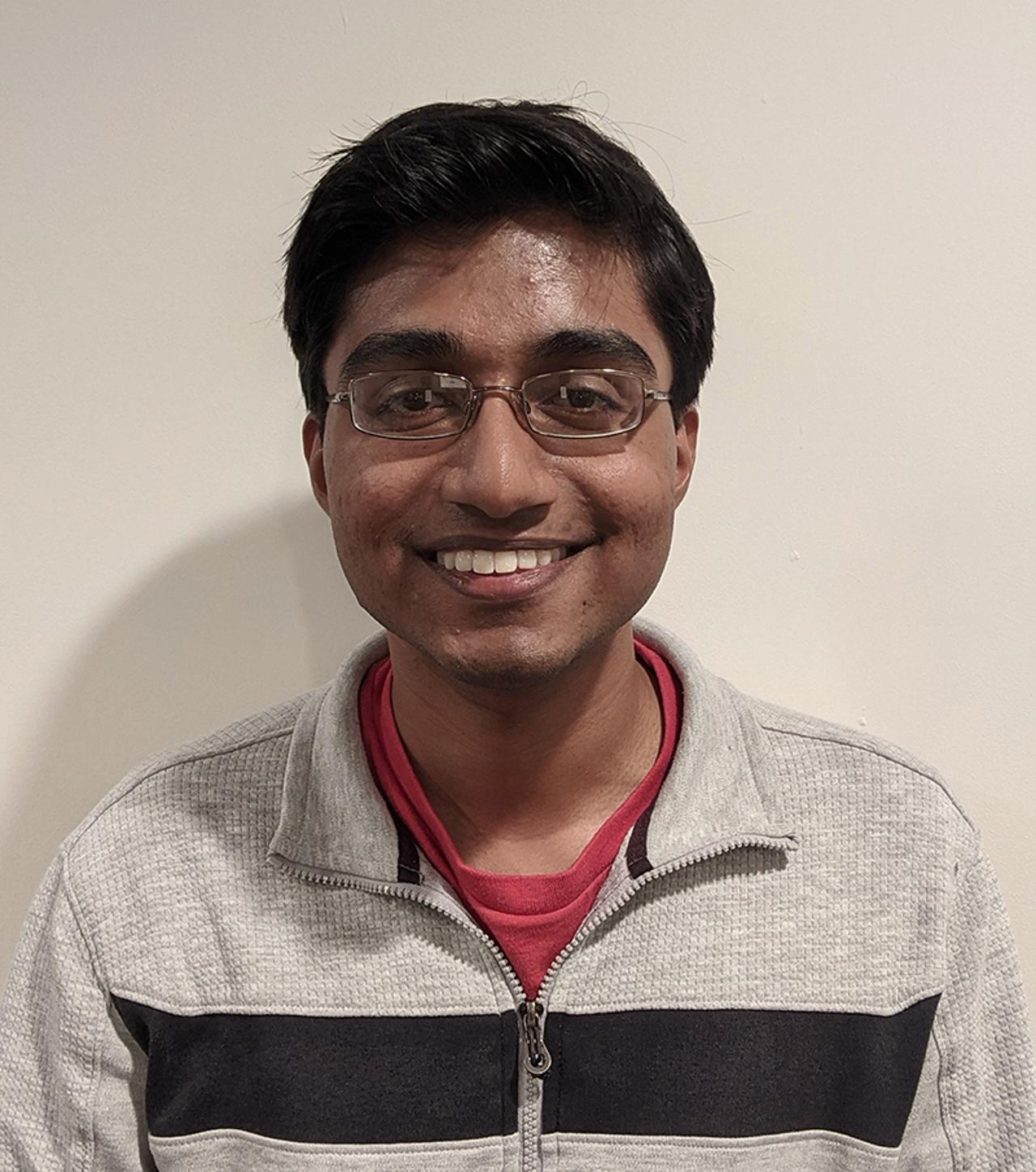
Ghosh Named DOE Computational Science Graduate Fellow
The Department of Energy (DOE) has selected Souradip Ghosh, an incoming Ph.D. student in the Computer Science Department, as one of its Computational Science Graduate Fellows (CSGF). The fellowship funds full tuition, provides a yearly stipend and professional development allowance, and offers access to DOE national laboratories and supercomputers. The DOE selected 32 students for its 2021-22 CSGF program. Ghosh's research interests lie in compilers, operating systems, computer architecture and new technologies at the intersection of different layers of the computer systems stack. He intends to focus his graduate research at Carnegie Mellon University on computer systems. He earned his bachelor's degree in computer science from Northwestern University.
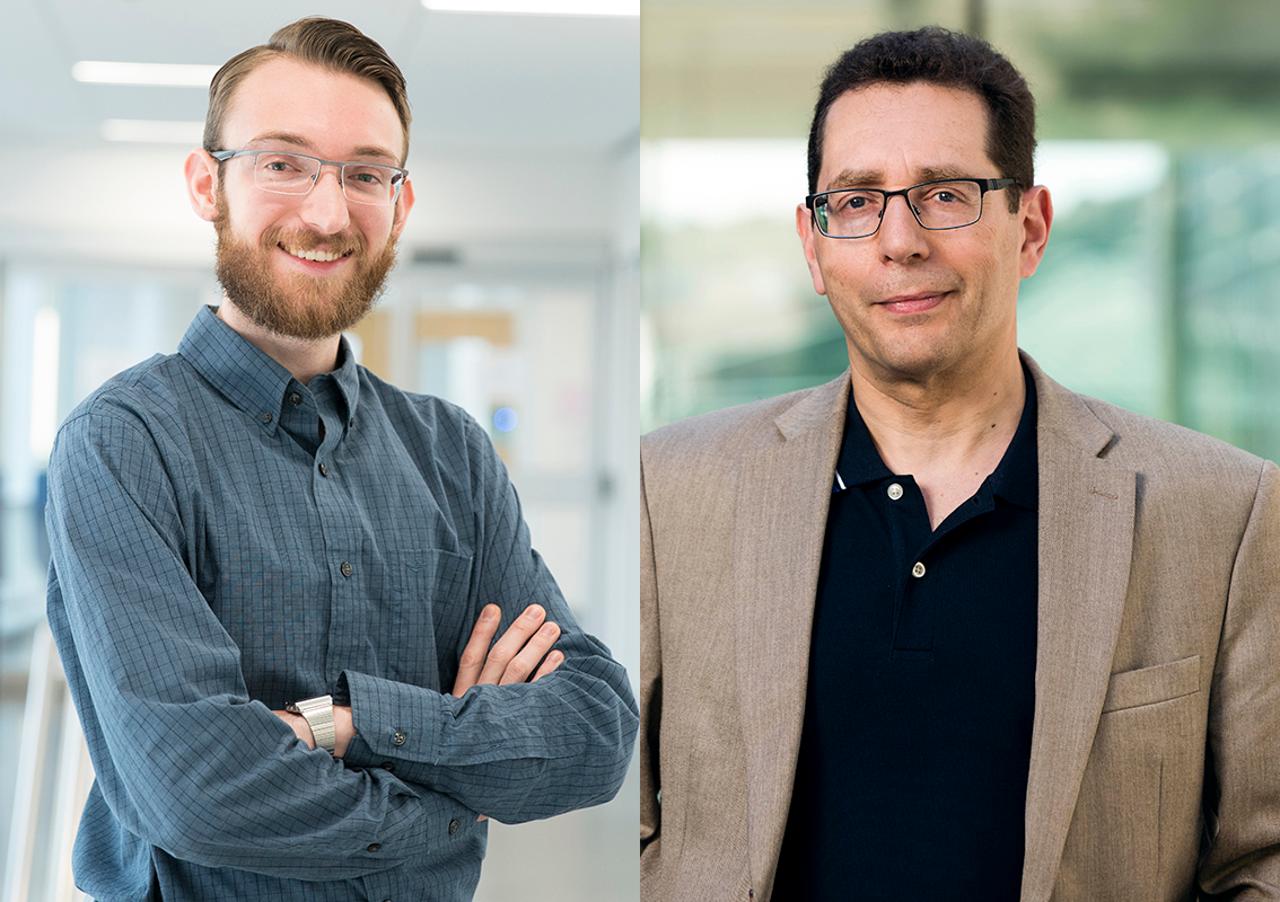
Misconceptions Plague Security and Privacy Tools
Surfing the web through private browsing modes, virtual private networks (VPNs) or a Tor browser does not protect you from security threats, but users may think they do, according to a new study from Carnegie Mellon University's CyLab. The study found that people hold many misconceptions about common security and privacy tools meant to help protect privacy and online security. The researchers presented their work at this month's Privacy Enhancing Technologies Symposium. "There are certainly some people who know everything about these tools and can answer questions about them correctly, but that's far from the norm," said CyLab's Peter Story, a Ph.D. student in the Institute for Software Research (ISR) and the study's lead author. The researchers conducted a survey of 500 demographically representative U.S. participants to measure their use and perceptions of five web browsing-related tools: private browsers, VPNs, Tor browser, ad blockers and antivirus software. They asked participants how effective each tool would be in a variety of scenarios, such as preventing hackers from gaining access to their device or preventing law enforcement from seeing the websites they visit. For most scenarios, participants answered more than half of the assessment questions incorrectly. "People know some things about what these tools can do, but they often assume incorrectly that the tools can do other things as well," said Norman Sadeh, a professor in the ISR and the study's principal investigator. "People who are more familiar with these tools may be more likely to answer a question about them — either correctly or incorrectly — than recognize they are unsure." Read more about the study and its implications on CyLab's news website.
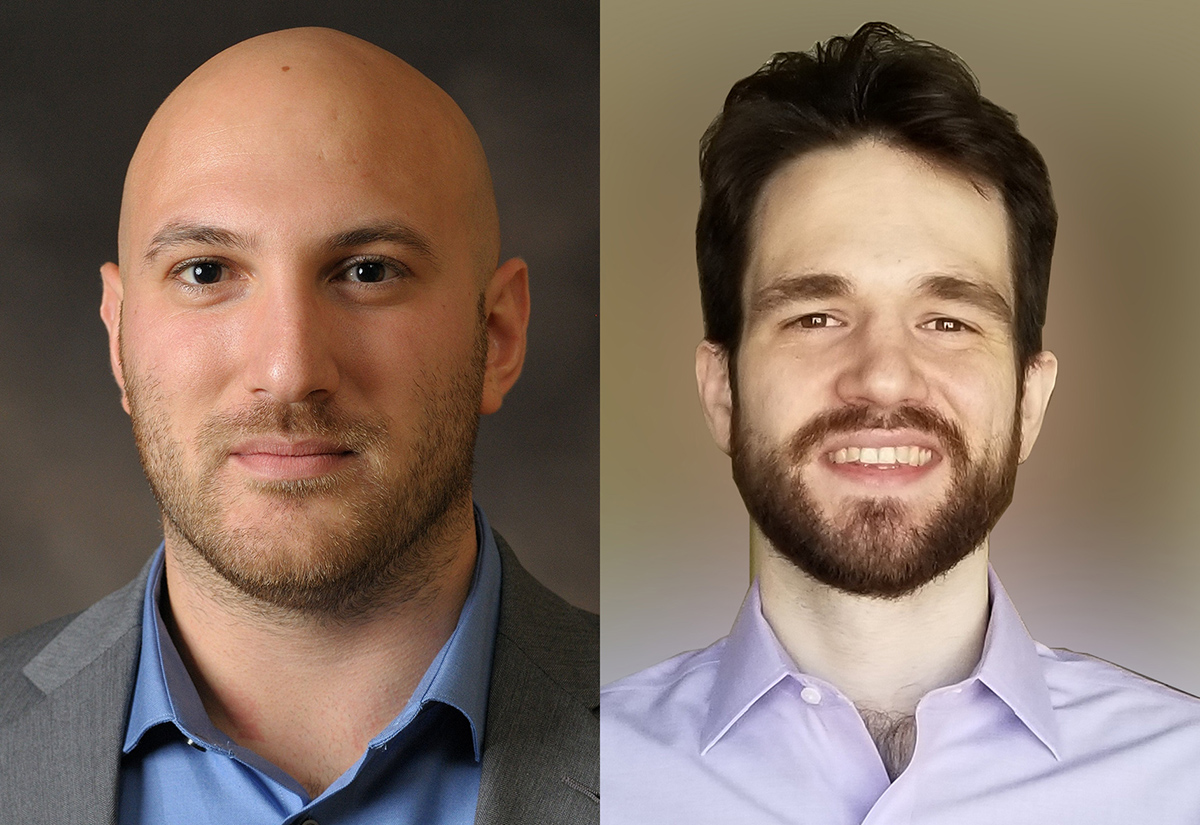
New Faculty, Ph.D. Alumni Honored for Dissertations
An incoming School of Computer Science faculty member and a former Ph.D. student recently received honors for their dissertations. Dimitrios Skarlatos, who will join the Computer Science Department (CSD) faculty this fall, received the joint 2021 ACM SIGARCH & IEEE CS TCCA Outstanding Dissertation Award for his contributions to redesigning the abstractions and interfaces that connect hardware and operating systems. His thesis, "Rethinking Computer Architecture and Operating Systems Abstractions for Good and Evil," focuses on uncovering security vulnerabilities and building defenses at the boundary between hardware and operating systems, and redesigning abstractions and interfaces between the two layers to improve performance and scalability. The award was presented at the International Symposium on Computer Architecture (ISCA) this past June. Skarlatos earned his Ph.D. in computer science from the University of Illinois at Urbana-Champaign in 2020 and spent the past year at Facebook Research. Goran Žužić, who earned his Ph.D. in computer science from CSD in 2020 and is now a postdoctoral fellow at ETH Zurich, was one of two researchers to receive the 2021 Principles of Distributed Computing Doctoral Dissertation Award for his research on a fundamental problem in distributed graph algorithms. Žužić’s thesis, “Towards Universal Optimality in Distributed Optimization” shows that it is possible to design distributed algorithms that are optimal for every graph topology. His advisor was Bernhard Haeupler, an associate professor in CSD. The award will be presented later this month during the ACM Symposium on Principles of Distributed Computing.
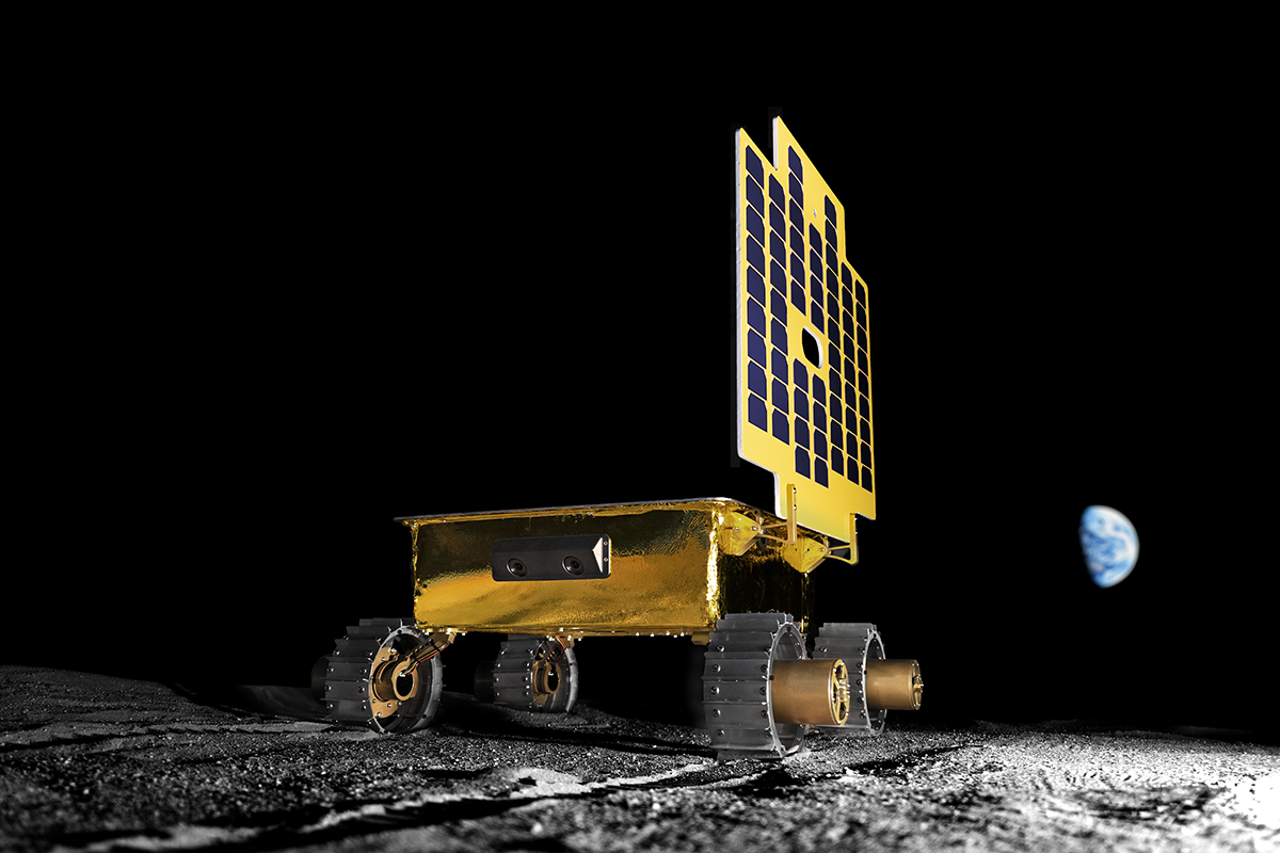
MoonRanger Passes Key NASA Review Ahead of Lunar Mission
Joint Project Between CMU, Astrobotic, NASA Ames Research Center Eyes 2023 Launch
MoonRanger, an autonomous rover headed to the moon in 2023 to explore the lunar south pole, passed NASA's key decision point (KDP) review and is in the final stages of preparation. Passing this milestone review is a greenlight from NASA to continue work on the suitcase-sized rover developed by Carnegie Mellon University and its spinoff Astrobotic in collaboration with NASA's Ames Research Center. To pass the review, the MoonRanger team had to prove that the rover's cost, schedule and technical design were viable. "This robot's success has been decades in the making at CMU. Such things worth doing are rarely quick or easy," said William "Red" Whittaker, who is leading MoonRanger's technical development at CMU. "I am in awe of MoonRanger's students, staff, interns and faculty who have given of themselves to make this dream a reality." Whittaker, the University Founders Research Professor in the Robotics Institute, said upcoming technical challenges include achieving the reliability required for space and mastering the complexities of full-system interdependencies. MoonRanger will be the first truly autonomous microrover on the lunar surface, said Joe Zimo, lead systems engineer for planetary mobility at Astrobotic. The rover's autonomy software will build 3D maps of the lunar surface and demonstrate long-range and communication-denied exploration. Using visual odometry with a stereo camera system and a sun sensor, the rover can independently orient itself on the lunar surface. Its mobility system will provide valuable insight into how the moon's rocky terrain affects small rover-scale motors. "It is designed to map its surroundings and make intelligent navigational decisions based on what it sees without being guided, supervised or teleoperated from Earth," Zimo said. "This is an ambitious mission with a relatively miniscule budget when compared with past rover missions of similar scope. I commend our team for developing such a capable, meaningful system and mission." MoonRanger's next major milestone is a system integration review (SIR) around February 2022. After successful completion of SIR, the rover will be fully assembled, tested and integrated with a lunar lander. MoonRanger will be delivered to the moon through the NASA Commercial Lunar Payload Services (CLPS) program in 2023 and operated on the lunar surface by CMU.
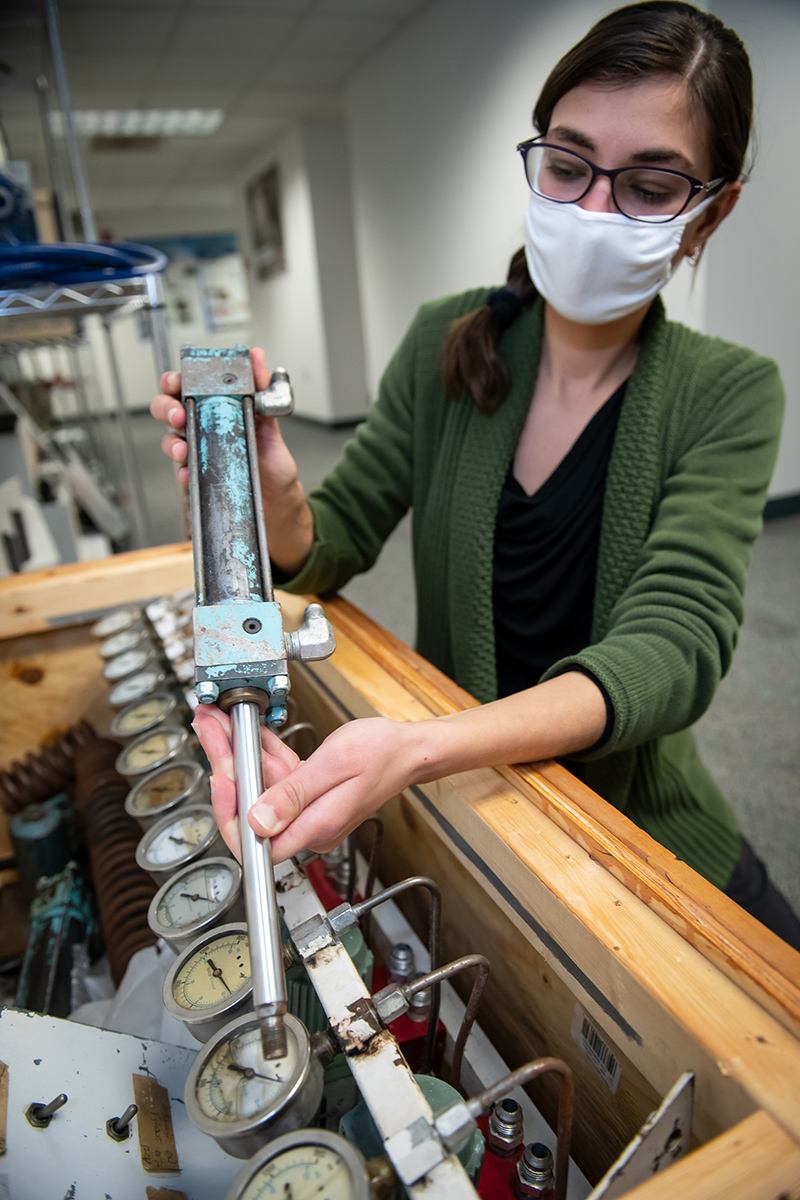
Carnegie Mellon University Launches The Robotics Project
World-First Attempt Will Preserve and Promote Legacy of the Field
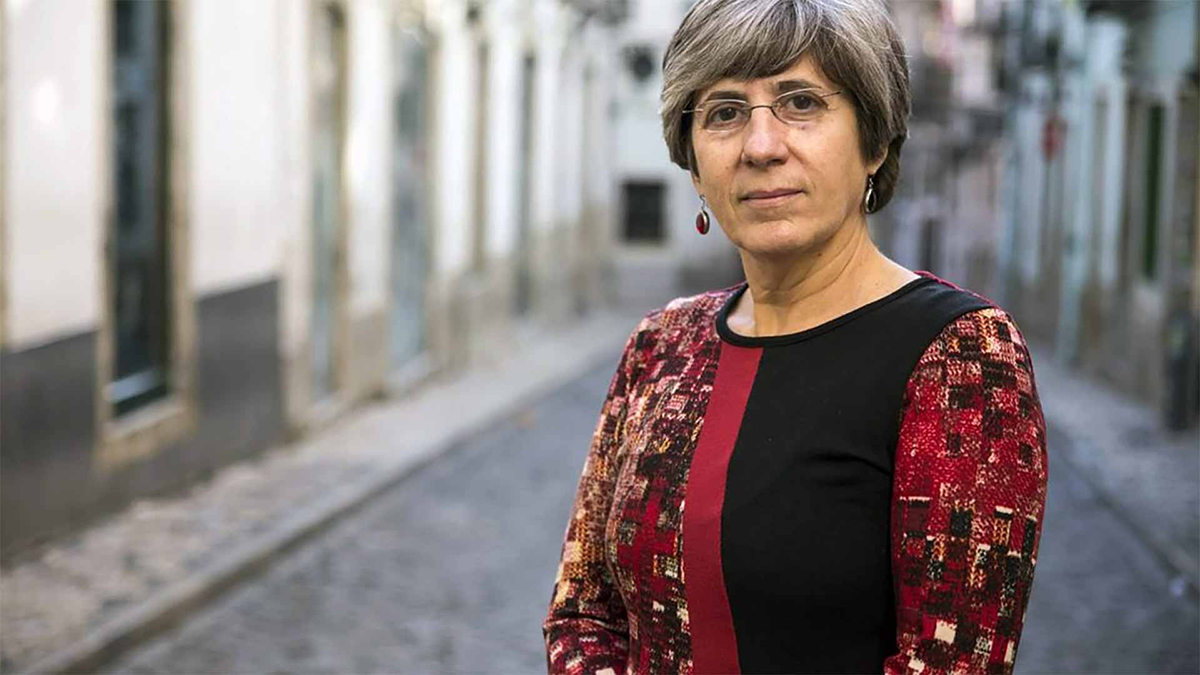
Veloso Ranked Among Most Highly Influential Women in Engineering
Manuela Veloso, a renowned artificial intelligence researcher, computer scientist and roboticist at Carnegie Mellon University, is among the most influential women in engineering, according to a new list compiled by Academic Influence. The list of women includes astronauts, founders and CEOs of well-known technology and Fortune 500 companies, a Nobel laureate, and researchers from around the world. Forbes reported that Veloso ranked among the top 10 of the 35 women on the list. Veloso, the Emeritus Herbert A. Simon University Professor in the School of Computer Science and head of J.P. Morgan AI Research, was glad to see CMU on the list. She feels like a role model to women in engineering and noted that women on the list challenged conventional thinking, changed systems and went against what was popular at the time or expected of them. "They are known for their courage," Veloso said. "Women should see that people can follow their passions and do so strongly. You should enjoy and do what you love. You have to be faithful to your mind and your ideas. "And yes, it is hard sometimes." The list notes that in 1970, only 3% of engineering professionals were women, according to the U.S. Census. By 2019, 15% of engineers were women — a substantial gain but nowhere near equal footing. "This makes the groundbreaking achievements of the women on our list all the more remarkable," the authors of the list wrote. "These 35 influential women engineers showcase the brilliant minds driving today's leading-edge innovations, developing tomorrow's life-saving discoveries and generally taking us to thrilling new heights of scientific understanding." Recognition as an engineer was meaningful to Veloso. Despite a bachelor's degree in electrical engineering and a master's degree in electrical and computer engineering, her Ph.D. was in computer science at CMU and her work has focused on AI — a combination of science and engineering. While completing her Ph.D., Veloso remembers AI pioneer Allen Newell saying that AI is easy to talk about but hard to get done. "So, I was always focused on doing and the engineering aspect." Veloso said. With her students, teams of soccer robots have been RoboCup world champions multiple times. Her AI models also enable CoBots to autonomously roam the hallways of the Gates and Hillman Centers and Newell-Simon Hall, assisting and escorting guests while pioneering a symbiotic autonomy approach new to human-AI interaction. Veloso joined the Computer Science Department faculty in 1992 after earning her Ph.D. She led the Machine Learning Department from 2016 to 2018, when she took a leave of absence to join J.P. Morgan. Academic Influence provides objective, nongameable, influence-based rankings of the people, schools and programs in higher education.
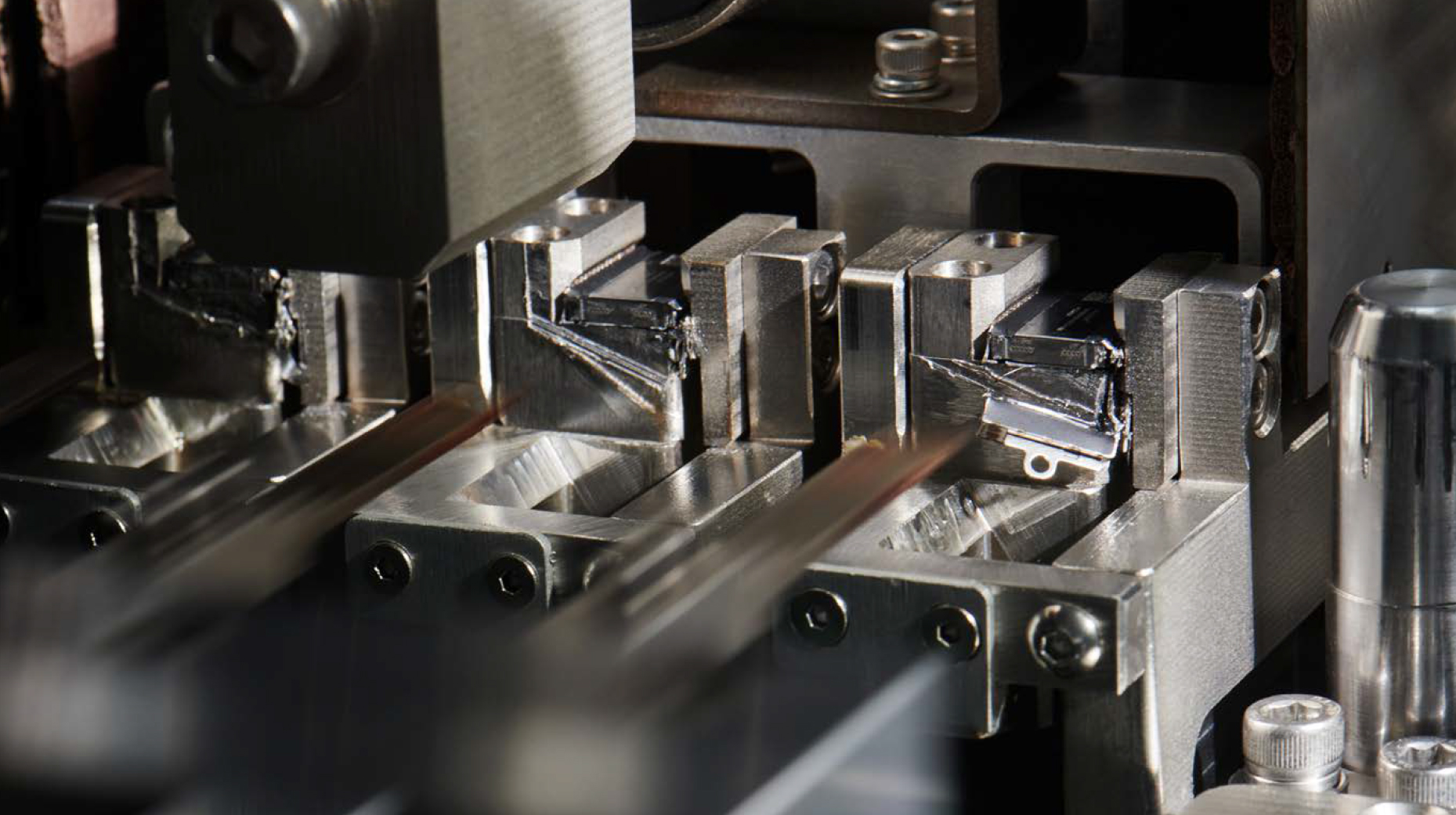
CMU AI, Robotics Team Up With Apple To Improve Device Recycling
Researchers at Carnegie Mellon University are working with Apple to develop new ways to disassemble old technology. This work builds on Apple's existing recycling innovations, including its recycling robots Daisy and Dave. As Apple sought to support research initiatives that reimagine disassembly of devices and recovery of materials, the company worked with CMU's Biorobotics Lab in the Robotics Institute. Matt Travers and Howie Choset, co-directors of the lab, and their team are designing machine learning models that will enable robots to teach themselves how to disassemble a device they have never seen before. "We're building robots, and we're building AI so the machine can see any piece of electronics and figure out how to take it apart," Travers said. To do this, the team developed a robot that scanned a phone with a laser to create a 3D model. The team then simulated cracks, cases or missing batteries to train the model to recognize the different conditions a device might be in when it arrives at a recycling center. Apple mentioned Travers and his team's work in its latest Environmental Progress Report. The company said a model typically requires a large amount of data, such as images of a device, to recognize the object and disassemble it. "Unfortunately, this data is not readily available," Apple wrote in its report. "This research applies to the concept of domain randomization, by synthetically creating the data real images would provide, to grant robots the ability to recognize a broad, varied stream of e-waste for recycling at scale." Apple said the newly developed software will be open-sourced and available for use in other recycling applications. The work is part of Apple's goal to make its products and packaging using only recycled or renewable materials. It builds on existing innovative solutions at Apple like Daisy and Dave. Daisy disassembles iPhone devices so recyclers can recover more material inside. Dave, Apple's newest recycling robot, disassembles the Taptic Engine from iPhone to enable the recovery of key materials such as rare earth magnets, tungsten and steel. Electronic waste (e-waste) is any discarded product with a battery or plug. A record 53.6 million metric tons of e-waste was generated worldwide in 2019, according to the United Nation's Global E-waste Monitor for 2020. That is a 21% increase over the last five years. The report estimated that by 2030, global e-waste will have doubled from where it was 16 years ago. The report also found that only 17.4% of e-waste was recycled in 2019, meaning valuable and recoverable materials like gold, silver, copper and platinum — $57 billion worth by conservative estimates — were discarded. "There's actually a lot of value in trash," Travers said. "It's an area that's pretty ripe for artificial intelligence and machine learning because there is a gobs and gobs of data that is coming in."
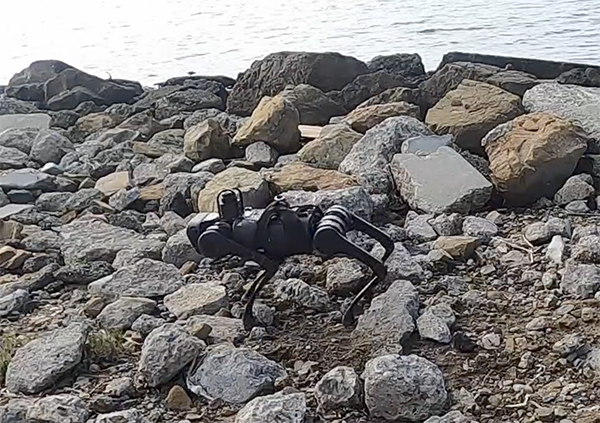
AI Allows Legged Robots To Adapt in Real-Time to Changing Conditions
Rapid Motor Adaptation (RMA) is an artificial intelligence that was jointly developed by Deepak Pathak and Zipeng Fu at CMU's School of Computer Science and Ashish Kumar and Jitendra Malik at Berkeley AI Research. It enables legged robots to adapt intelligently in real time to challenging, unfamiliar new terrain and circumstances.
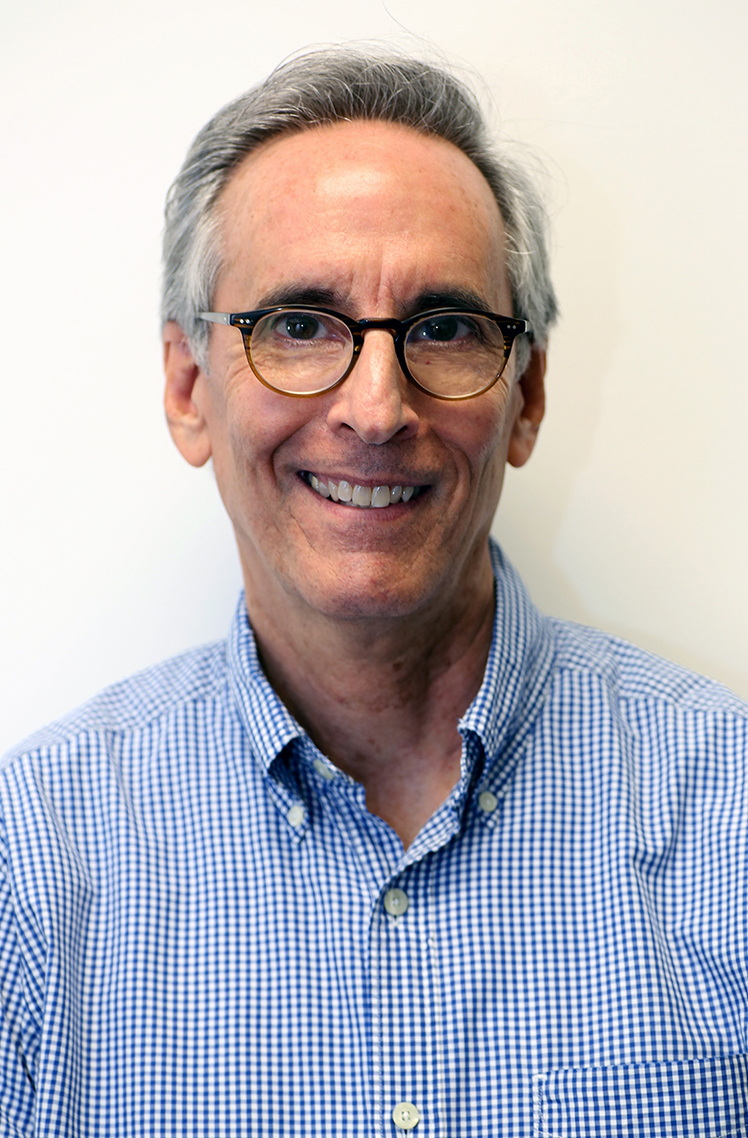
SCS Remembers Robotics Pioneer Lee Weiss
Lee Weiss, a professor emeritus and founding member of Carnegie Mellon University's Robotics Institute, died on Wednesday, June 30. He was 70."Lee was a brilliant scientist whose creativity influenced so many people across multiple disciplines, and his technical achievements remain amazing," said Martial Hebert, dean of the School of Computer Science and former head of the Robotics Institute. "But something many people don't realize about Lee is how much of a mentor he was to everyone he worked with. He was so warm and understated that he made everyone he interacted with feel like they were getting special attention."A lifelong Pittsburgher who did his undergraduate work at the University of Pittsburgh, Weiss earned his Ph.D. from the College of Engineering's Department of Electrical and Computer Engineering in 1984, under the advisership of Arthur Sanderson. He started working at the still nascent Robotics Institute as a research assistant in 1979, and was hired as faculty after completing his doctorate. He would go on to spend his entire career at CMU, holding additional appointments in the Biomedical Engineering, Materials Science and Engineering, and Electrical and Computer Engineering departments before retiring in 2016."Lee was here from the beginning," said Raj Reddy, the Moza Bint Nasser University Professor of Computer Science and Robotics and founder of the Robotics Institute. "He was one of the first people we hired."Weiss's initial research focused on visual servo control of robots, flexible manufacturing systems and micro-electro mechanical systems (MEMS). In the early 1990s, Weiss became a pioneer in what was then called additive manufacturing — now commonly known as 3D printing. In the fall of 1990, when all additive manufacturing had been done using polymers, he became one of the first people to 3D print with metals. This led Weiss and his colleagues to devise a process for creating parts from multiple materials and, a few years later, the first wearable computers."Lee and I would have a chat about technology and the next time I saw him, he would have worked out the details and created a working, physical prototype," said Daniel Siewiorek, the Buhl University Professor of Electrical and Computer Engineering and Computer Science and a longtime colleague of Weiss. "He was an engineer's engineer — he was MacGyver before MacGyver."Later in his career, Weiss returned to his bioengineering roots. He worked on technology-based solutions to problems in translational clinical medicine, including developing devices for interventional radiology, fetal heart monitoring, cardiac pacing, angioplasty, MEMS-based drug delivery and computer-aided surgery. Adapting methods he used while first working on additive manufacturing, Weiss, along with the Biomedical Engineering Department's Phil Campbell, created REPAIR bone putty – a plastic made from platelet-rich plasma designed to accelerate the healing processes in bone and soft tissue."Because he worked across so many departments here at CMU, the mark he left transcends robotics or engineering," Hebert said. "The university is a better place for having had him all these years."Funeral services for Weiss were held on July 2. His family asks that contributions in his memory be made to the Jewish Association on Aging.
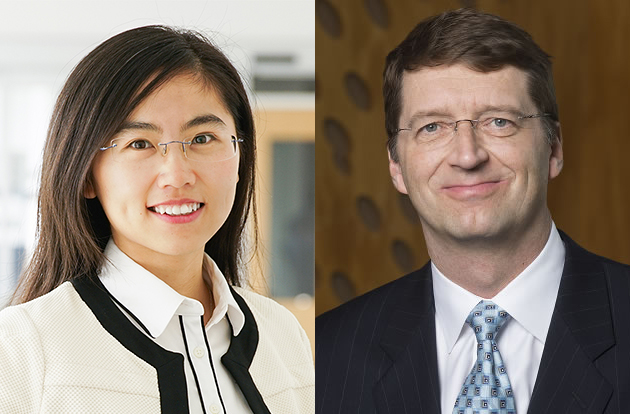
Fang, Sandholm honored for significant contributions to AI
Fei Fang and Tuomas Sandholm, both faculty members in Carnegie Mellon University's School of Computer Science, were recently recognized by the International Joint Conferences on Artificial Intelligence for significant research in AI.
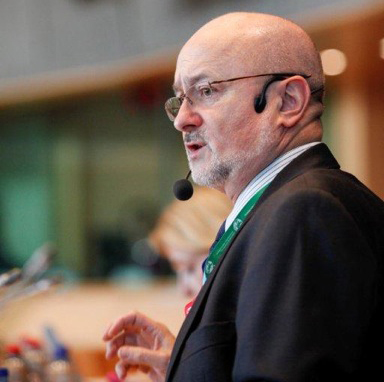
Company Co-founded by LTI Faculty to Enhance Zoom's Translation Capabilities
Kites, a machine translation company co-founded by Alex Waibel, a professor in the Language Technologies Institute, has been acquired by Zoom to bolster the platform's real-time translation.
